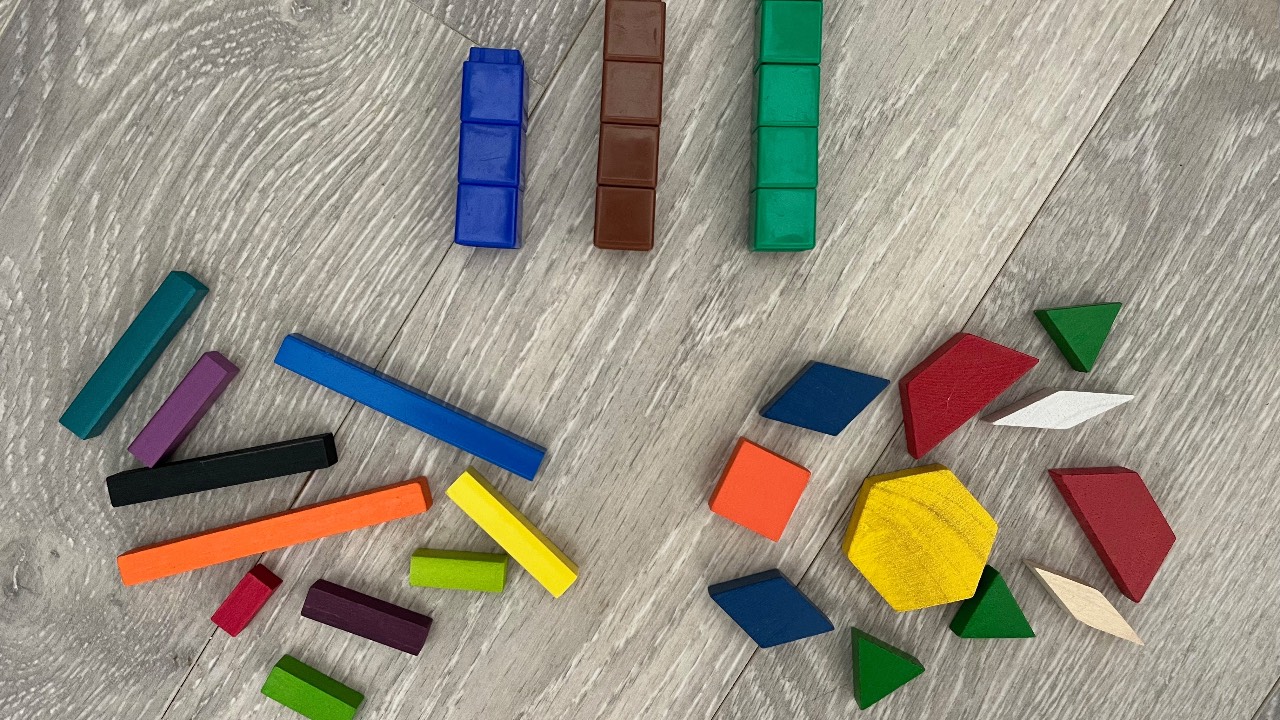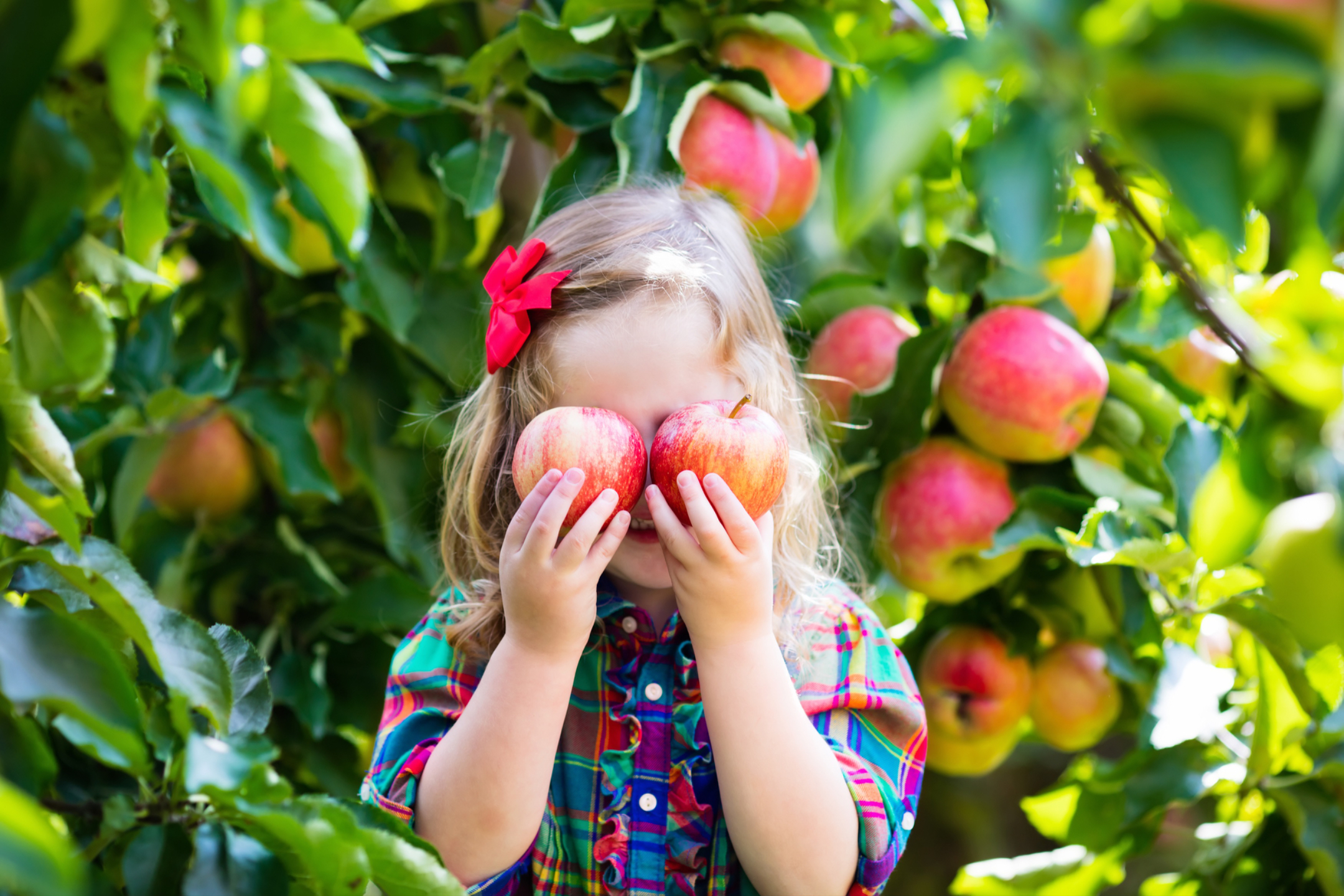Best Math Manipulatives for Elementary Students
Aug 16, 2022
When I taught second grade, I always helped my students to create a math kit that they would keep at home. We filled it with manipulatives and math games. With these kits, they would be able to use the same math tools at home that we used at school. Now that school is starting back up, it’s a great time for you to put together a math kit of manipulatives with your child. Below I have included the ten best math manipulatives for elementary students.
My favorite source for these manipulatives is EAI Education but many of these items are also available on Amazon and even at Target.
1. Unifix Cubes
I haven’t been in a classroom yet that didn’t contain unifix cubes. For younger students they are great counters. For middle elementary students make sticks of ten to demonstrate place value. Older elementary students can use them to build arrays and model fractions.
2. Pattern Blocks
When I put these out in workshops even adults cannot keep their hands off. Everyone loves to create designs with pattern blocks! In addition to geometry work they can also be used to represent fractions.
3. Base Ten Blocks
These blocks are so useful for building whole numbers, adding, subtracting, multiplying, and thinking about decimals. They are best for 2nd-5th grade students.
4. Hundreds Board
This has long been a staple of elementary school classrooms. You can print one off of the internet or purchase one. Younger students can place one object in each square to help with counting. Middle elementary students can use the hundreds board for addition and subtraction. I once had a class of kindergarten students count out 224 unifix cubes by place one cube in each square and using 3 boards. They were so excited to be able to count such a large amount of cubes accurately.
5. Geoboard
Geoboards are so fun for kids. They cannot resist creating designs with the rubber bands. They can be used for making geometric shapes. The whole board contains 16 squares. Knowing this, students can use their geoboard for studying fractions and area.
6. Clear Spinner
When you are playing a math game with your child do they ever ask to have bigger numbers on the spinner? Has your child ever come up with an idea for their own math game? This is the tool you need to really help students create work that is at exactly the right level for their learning.
7. Color Tiles
Color tiles are useful for counting, building arrays, and working with fractions. They can also be used for working with ratios.
8. Cuisenaire Rods
These colored rods in lengths of 1centimeter to 10 centimeters are great for helping students visualize addition, subtraction, and multiplication. They are also very helpful for building fractions.
9. Collection of real coins
In our era of paying with ApplePay and with credit cards, fewer and fewer students are familiar with coins. They are so useful for building number sense that all students should use them and become very familiar with them. Read my blog post about why coins are important.
10. Tangrams
When working on tangram puzzles student engage in lots of spatial reasoning. Tangram puzzles are always a big hit with students.
11. Whiteboard and a Dry Erase Marker
Students are willing to take risks when working on white boards. They can use them to solve problems and then just erase if they make a mistake. They can also draw their own gameboard on a whiteboard.
This doesn’t have to go in the kit but make sure your house has at least one analog clock. Many students no longer know how tell time because so many of our clocks are digital.
As your child brings home math games this year, add them to the kit. With the games and the math manipulatives mentioned above, you will build a great resource of math tools that are available to use whenever your child wants to do math!

